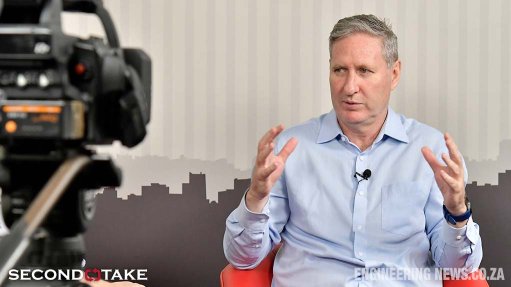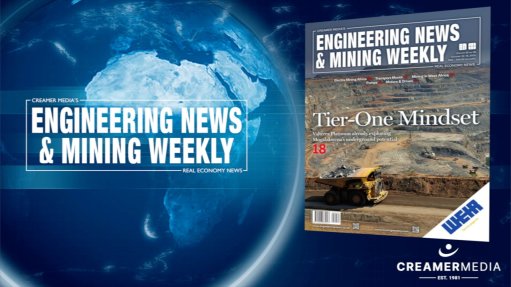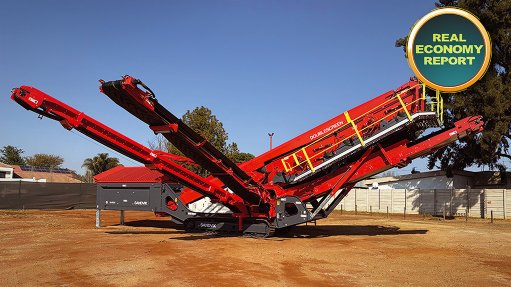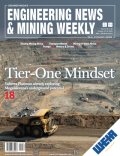People say . . .
In the Santam television advert, the ever-so-twee sweet likkel girl says that the first person to live to 200 has already been born.
Well, she would know, wouldn’t she? These sort of statements are whipped out by the media in order to shock and amaze – almost so that we can say how clever we (human beings) are in our very fast advancing wonderful technical world.
Yes, technologically, we are advancing, but the speed of the advance is not nearly as rapid as perceived. Let us start with cellphones. The first cellphone was invented in 1974. This phone was a transmitter/receiver and connected to others through a normal telephone system. The first commercial cellphone was released in 1983. Thus, 35 years has elapsed from the original mobile handheld cellphones to the smartphones of today. There have been about 16 evolutions of the cellphone; so, the changes happened about once every two years.
Some of us will remember that Agent Dick Tracy had a watch which doubled as a two-way radio. It first appeared in 1946 and its real-life version, the Apple Watch, in 2015 – that is, 70 years later. Even so, the Apple Watch is routed through an iPhone. It is amazing, but we do see the development has taken a long time. But to be fair, Dick Tracy’s time-piece was a figment of the imagination in a cartoon strip. The first watch-phone was released in 1999; so, from that phone (Samsung SPH-WP10) to the Apple Watch is 16 years. Still, not that fast a development.
I think we can all agree that the first ‘real’ PC was the IBM desktop, which appeared in 1981. Thus, about 35 years in development, then until today.
I think it is accurate to say that hand-held calculators are not developing any more, but the first hand-held calculator was the Hewlett Packard HP35, released in 1972. We can more or less say that the limit of desirable technology for hand-held calculators was reached in 2005 (that is, nothing new or different in this line had been invented). Thus, the development time has been about 33 years.
What we should note is that technological advances for consumer items are not as fast as they seem. To us, it seems like yesterday when we were using a Nokia 6210 (well, to some of us) and now the smartphones have appeared suddenly and swiftly. This is not the case.
What then are the devices that have just appeared which will now enter the 35-year cycle of development to produce something amazing? Below are some ideas.
The acoustic camera. This is a camera which is connected to a laptop. The camera consists of a dish with micro- phones that collect noise. A video camera is attached. The laptop displays the images of the video camera overlaid with coloured noise contours showing dB readings. One can adjust the display to only show noise in certain frequency bands. We have used one of these and they are very good. The only problem is that it costs about R750 000 and we could never get our investment back from using the camera by charging clients for noise source identification – the clients find our rates too high.
Next: three-dimensional movies on a tablet. The movie images will be projected into the eyes (a separate image for each eye). There will be an ‘eye tracker’, so you can move around while looking at the tablet. Only development issues are commercial ones. Self-driving cars – no, I doubt they will ever get off the ground. But cars which lock onto a signal from a cable buried into the surface of the road are on their way. The cars can move to the ‘auto lane’ and signals from the cable will regulate the traffic flow. Look forward to it . . .
Comments
Press Office
Announcements
What's On
Subscribe to improve your user experience...
Option 1 (equivalent of R125 a month):
Receive a weekly copy of Creamer Media's Engineering News & Mining Weekly magazine
(print copy for those in South Africa and e-magazine for those outside of South Africa)
Receive daily email newsletters
Access to full search results
Access archive of magazine back copies
Access to Projects in Progress
Access to ONE Research Report of your choice in PDF format
Option 2 (equivalent of R375 a month):
All benefits from Option 1
PLUS
Access to Creamer Media's Research Channel Africa for ALL Research Reports, in PDF format, on various industrial and mining sectors
including Electricity; Water; Energy Transition; Hydrogen; Roads, Rail and Ports; Coal; Gold; Platinum; Battery Metals; etc.
Already a subscriber?
Forgotten your password?
Receive weekly copy of Creamer Media's Engineering News & Mining Weekly magazine (print copy for those in South Africa and e-magazine for those outside of South Africa)
➕
Recieve daily email newsletters
➕
Access to full search results
➕
Access archive of magazine back copies
➕
Access to Projects in Progress
➕
Access to ONE Research Report of your choice in PDF format
RESEARCH CHANNEL AFRICA
R4500 (equivalent of R375 a month)
SUBSCRIBEAll benefits from Option 1
➕
Access to Creamer Media's Research Channel Africa for ALL Research Reports on various industrial and mining sectors, in PDF format, including on:
Electricity
➕
Water
➕
Energy Transition
➕
Hydrogen
➕
Roads, Rail and Ports
➕
Coal
➕
Gold
➕
Platinum
➕
Battery Metals
➕
etc.
Receive all benefits from Option 1 or Option 2 delivered to numerous people at your company
➕
Multiple User names and Passwords for simultaneous log-ins
➕
Intranet integration access to all in your organisation
















